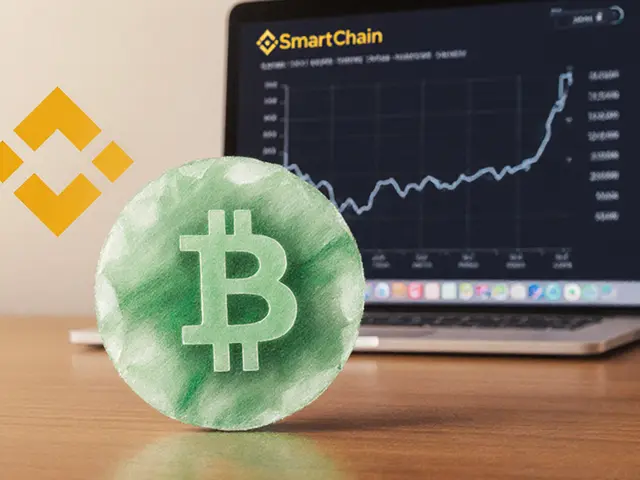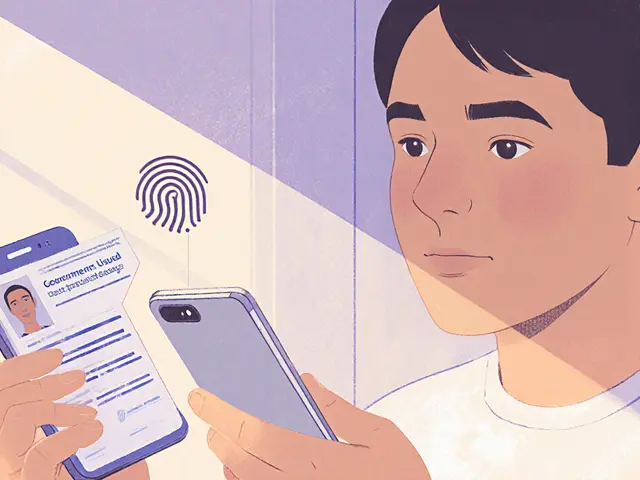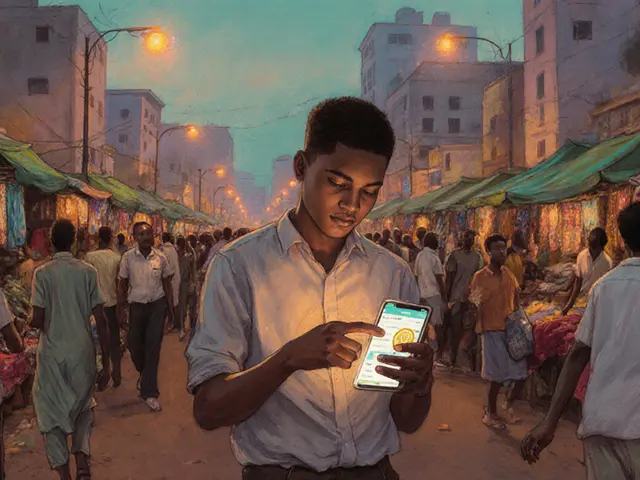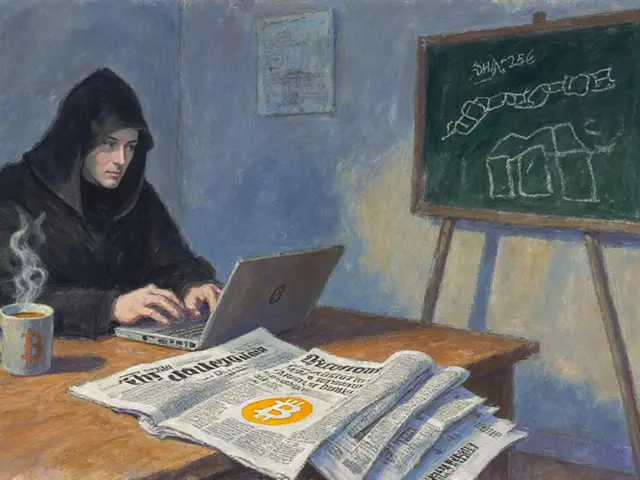Metaverse Gaming: The New Frontier of Play
When talking about Metaverse Gaming, a blend of virtual reality, persistent worlds, and player‑driven economies powered by blockchain technology. Also known as virtual gaming worlds, it lets players own, trade, and create digital assets that truly belong to them.
The core of blockchain gaming is that every item – from a sword to a plot of land – is an NFT that lives on a public ledger. This means scarcity is verifiable, and marketplaces can operate without a middleman. NFTs, non‑fungible tokens that represent unique digital collectibles are the building blocks that give each game its economic depth. When developers launch a new title, they often sprinkle crypto airdrops, free token distributions designed to reward early adopters and boost community engagement. These airdrops can jump‑start a game's tokenomics, providing liquidity and incentive for players to stay active. Together, these elements create a feedback loop: NFTs fuel in‑game economies, tokenomics shape player behavior, and airdrops seed the growth of vibrant virtual societies.
Why It Matters for Players and Creators
Understanding the interplay between these pieces helps anyone jump into the space with confidence. For gamers, ownership means you can sell a rare skin on a secondary market or trade it for other assets without needing the game’s publisher. For creators, tokenomics offer a way to design reward structures that align player incentives with long‑term platform health. And for investors, tracking airdrop calendars and NFT release schedules gives clues about upcoming value spikes. Below you’ll find guides that break down tokenomics of projects like OSEAN, step‑by‑step airdrop claims for ART tokens, and deeper looks at how blockchain validation and security affect the metaverse. Whether you’re hunting for the next big play‑to‑earn title or just want to grasp how virtual economies work, the articles ahead give you practical, data‑driven insights to navigate the metaverse gaming landscape.
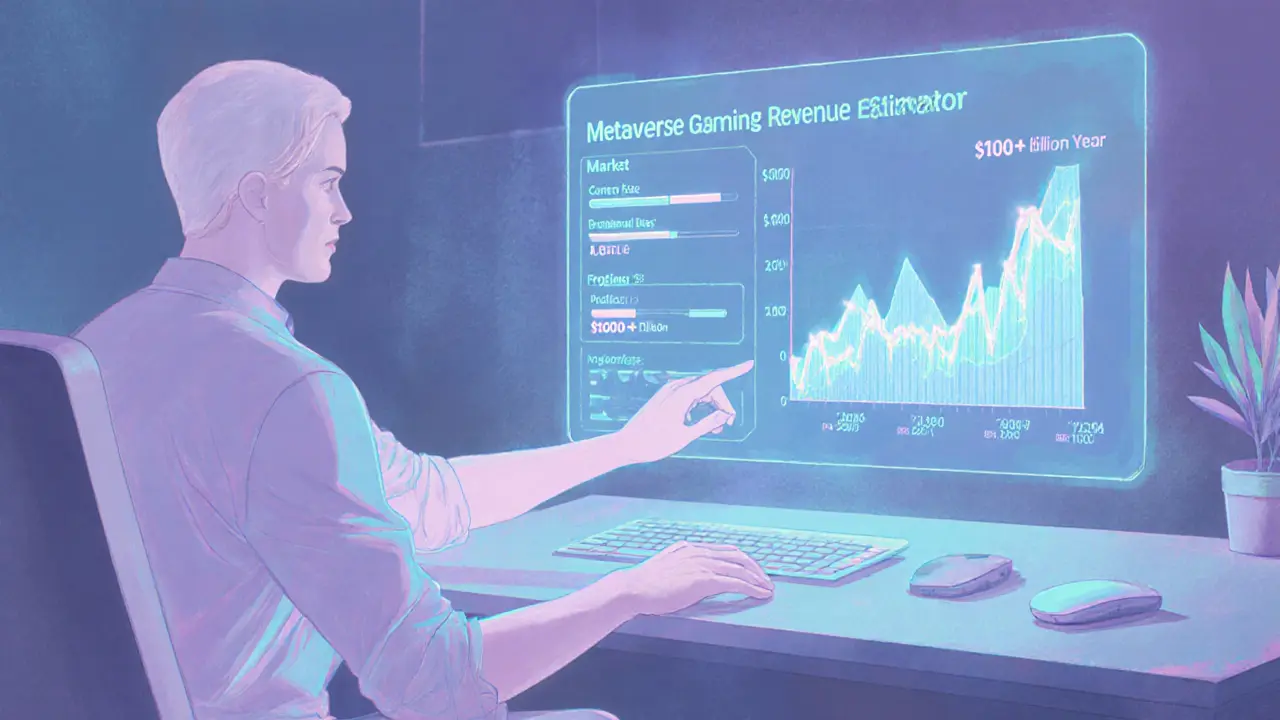
Explore the rise of metaverse gaming, key technologies, top platforms, blockchain impacts, market growth, career paths, and future challenges in immersive entertainment.
Jonathan Jennings Dec 19, 2024
